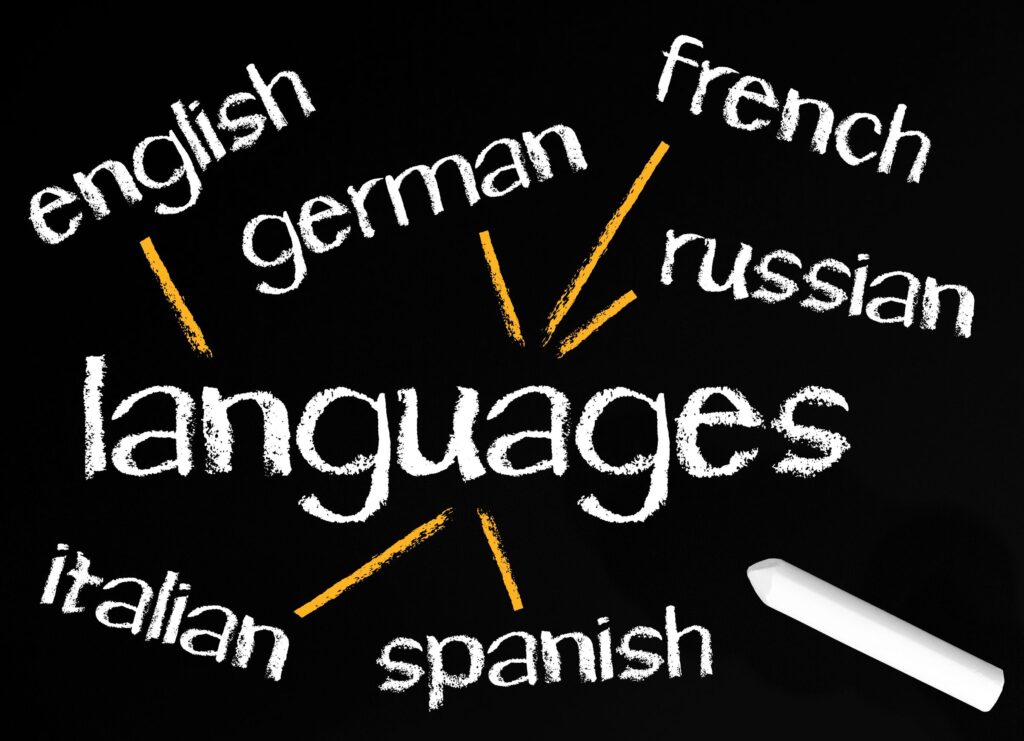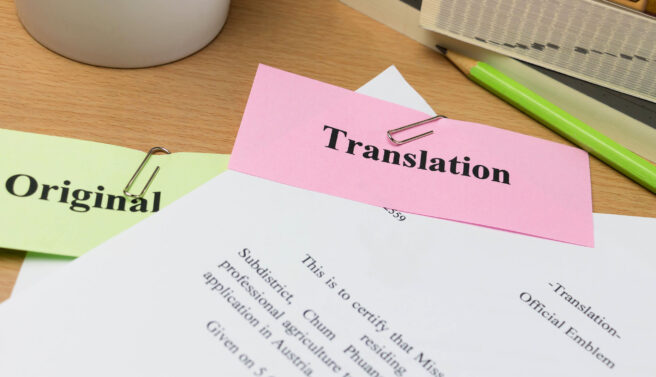Language barriers in healthcare cause miscommunication between the doctor and the patient. It reduces the satisfaction of the parties involved. Language barriers affect patient safety and minimize the quality of the delivery of healthcare.
The quality and cost of healthcare are also affected by language barriers. It is difficult to surmount the language barriers if the doctor and the patient do not share the same language. Despite the language barriers, it is the duty of the healthcare provider to deliver high-quality healthcare.
Numerous studies have shown that language barriers prevent people with limited English proficiency (LEP) have unequal access to healthcare. In the same manner, the healthcare outcomes are affected because they do not understand the language. The communication between doctor and patient is limited, reducing the satisfaction level.
Types of language barriers
In many areas around the United States, some people only speak English while several communities of foreign-language speakers continue to grow. Children of immigrant families learn English in school, and most of them continue to speak the language of their new country. However, the same is not true for the older generation. They are challenged to learn English and often revert to their native language.
English may be a universal language but it does not mean that every person understands and speaks English. The English language has different variations, too. There is British English and Australian English that is different from American English. The country of origin affects the way English is spoken as well. Ugandan English is thick and accented because of the influence of several indigenous languages. Canadian English is likewise different, with its French influence.
The English spoken in India is a mixture of British English and Persian language, further diluted by the emergence of several native languages. Philippine English is closely related to American English, although the pronunciation and accent vary.
Language barriers can be a result of people speaking the same language with regional variations. There could be subtle types of language gaps, like the development of technical language or jargon within an industry that may not be common to other people.
Dialect is another example of a language barrier. Even if people speak the same language, the dialectical difference can be a source of misunderstandings and communication gaps. Several countries around the world have various official languages, major spoken languages, and hundreds of dialects.
These are just some of the many ways that hinder proper communication between doctors and patients.
Overcoming language barriers in healthcare
There should be equal access to healthcare whether you can speak English or not in the United States. There are laws protecting the rights of people with limited proficiency in the English language. Nevertheless, equal access to healthcare and other essential services is still a major problem.
Here are some of the ways to overcome language barriers.
Hire a reliable medical translation company
It will help if you translate the essential documents in your clinic or healthcare facility. The law requires that a healthcare facility must translate documents into the 15 most spoken languages in the locality served by the healthcare facility.
The documents that you should translate include:
- Patient information form
- Patient rights and responsibilities
- Consent and assent forms (release of information, consent to treat, consent to a procedure, consent to immunization)
- Patient instructions
- History questionnaires and progress notes
- Missed appointment policy
- Patient financial responsibility waiver
Hire medical interpreters
Medical interpreting is essential in the healthcare setting. Some facilities use over-the-phone interpreting services, while some subscribe to on-demand interpreting services. There are healthcare facilities that use video remote interpreting services.
These interpreting services allow the doctors and patients to access the interpreting service that will fit their immediate needs. It is not practical to have interpreters on standby to provide language assistance in the 15 required languages. The remote medical interpreting system allows the patient and doctor to choose the language, for example, English and Spanish. The facility pays for the actual time the interpreting service is used.
Through the interpreter, the doctor should ask the patients if they understand the doctor’s diagnosis, recommendations, or prescription.
Continuing issues
The healthcare industry is increasingly aware of the need to bridge the language gap between doctors and other healthcare providers and LEP patients. With the increase of the immigrant population in the United States, the vulnerable population likewise increases. Nearly one-fourth of the U.S. population speaks another language at home.
There are several pieces of evidence proving that LEP patients do not often access healthcare services because of the language barrier. Moreover, elderly people in immigrant populations have cultural beliefs and traditions that prevent them from seeking modern healthcare services and practices.
Despite the laws requiring medical facilities and healthcare providers to have a language access program, its implementation is not widespread. More people, particularly those coming from immigrant communities prefer not to seek medical attention because of the language gap. The restriction on using family and friends as translators or interpreters added to their worries.
About one-fourth of LEP patients do not receive the full documentation about their informed consent before they undergo surgical procedures. They are also likely to suffer from worse clinical outcomes and medical errors. LEP patients are likely to receive a lower quality of care, which can lead to a greater risk of infection, higher chances of readmission, and longer hospital stays.
Providing high-quality and professional medical translation and interpreting services is the best option to ensure that LEP patients will receive the right medical care.
We will help you improve your healthcare facility’s language access program.
eTranslation Services can provide you with professional and high-quality language services for your healthcare facility. We have experienced and certified medical interpreters and translators to ensure that your language access program for LEP patients is properly implemented. Talk with us. Please send us an email at [email protected] or call us at (800) 882-6058.



